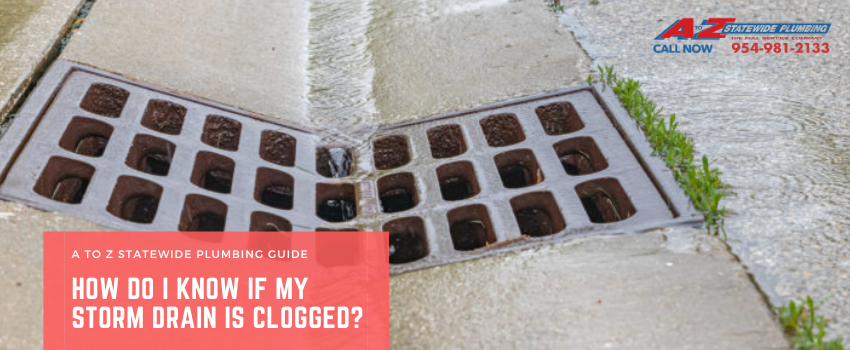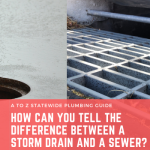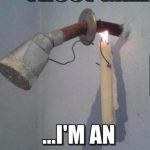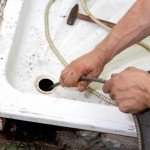
As a responsible homeowner, you understand the importance of regular home maintenance. But amidst all the tasks, one crucial aspect that often gets overlooked is the storm drain system. A clogged storm drain can lead to significant problems, such as water damage, flooding, and even property damage. In this article, we will guide you through the signs to look out for to know if your storm drain is clogged, helping you prevent potential disasters and protect your property.
Pools of Water
One of the most noticeable signs of a clogged storm drain is the presence of standing water around your property. After a heavy rainfall, take a walk around your house and look for any pooling water near the drain openings. If you notice stagnant water even several hours after the rain has stopped, it’s likely that your storm drain is clogged.
Gurgling Sounds
While you might not be able to visually detect a clog, you can often hear it. If you notice unusual gurgling sounds coming from your storm drain or nearby pipes during heavy rain or when using household fixtures, it could indicate a blockage. These sounds occur when water struggles to flow smoothly through the restricted drainage system.
Foul Odors
A clogged storm drain can create an unpleasant odor around your property. Stagnant water, debris, and organic matter trapped in the drain can emit a foul smell, indicating that your drainage system needs immediate attention.
Slow Draining
Next time you experience heavy rain or when watering your garden, observe how water behaves around your property. If you notice water taking longer to drain away than usual, it might suggest that your storm drain is partially or fully clogged. Slow drainage can result from various debris, leaves, or even small objects blocking the drain.
Visible Debris
Another telltale sign of a clogged storm drain is the accumulation of debris and litter around the drain openings. During dry weather, take a quick look around your property’s storm drains and see if there are any visible signs of blockages. If you spot leaves, twigs, trash, or any other debris around the drain, it’s time to take action.
Basement Flooding
A severely clogged storm drain can cause water to back up and find its way into your basement or lower levels of your home. Basement flooding is a severe consequence of a neglected storm drain, and it can lead to costly repairs and potential damage to your belongings.
Don’t underestimate the importance of a well-maintained storm drain system. By being vigilant and proactive, you can prevent potential disasters and protect your property from water damage and flooding. Keep an eye out for pooling water, gurgling sounds, foul odors, slow draining, and visible debris around your storm drains. If you notice any of these signs, it’s essential to address the issue promptly.
While some homeowners may attempt to clear minor clogs themselves, it’s often best to enlist the services of professionals like A to Z Statewide Plumbing. With expertise and specialized equipment, we can efficiently and safely unclog your storm drain, ensuring your home remains safeguarded during heavy rains and storms.
Regular maintenance of your storm drain system is also crucial to prevent clogs from occurring in the first place. Schedule routine inspections and cleanings to keep your drains clear and functioning optimally. Remember, a little prevention can go a long way in preserving your home’s value and protecting your peace of mind.






